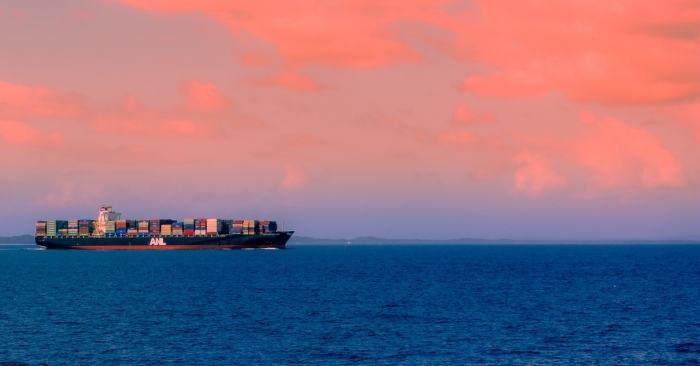Chinese New Year factory closures to disrupt supply chains, delay transits
Over two-thirds of respondents to a global survey by logistics technology company Container xChange expect Chinese New Year factory closures to further disrupt container shipping supply chains.

January 25, 2022: Over two-thirds of respondents to a global survey by logistics technology company Container xChange expect Chinese New Year factory closures to further disrupt container shipping supply chains.
Most respondents also expect the February Lunar New Year holidays in China to result in delayed transit times and reduced availability of containers. Over 60 percent said they had planned for Chinese New Year factory closures by ordering inventory earlier.
Asked how they were planning for Chinese New Year factory closures by changing container sourcing strategies, 32 percent of respondents replied, “nothing specific”, 25 percent said they would make use of Shipper-Owned Containers and 24 percent said they would buy equipment.
The average price of a 20-feet container in Shanghai increased from $2,718 in December 2021 to $2,767 in January 2022, according to Container xChange data. For a 40-feet high cube container, the average price rose from $5,918 in December 2021 to $6,030 in January 2022. Prices have also increased month-on-month in Ningbo and Shenzhen.
“We always expect a spike in container shipping demand ahead of Lunar New Year holidays in China as shippers look to ship cargo ahead of factory closures as workers in coastal areas return to families inland, often for extended periods,” says Dr Johannes Schlingmeier, co-founder and CEO, Container xChange.
“Even though it is unclear if China will allow millions of workers to travel for holidays this year due to strict Covid lockdown policies, shippers and forwarders are still expecting output from OEMs to decline significantly next month and are planning accordingly by shipping early. This is no doubt a factor in some of the spot freight rate increases out of China we have seen in January.”
The official public holiday for Chinese New Year only lasts a week and is scheduled this year for January 31-February 6. In most previous years, factory output had been impacted for far longer as many workers took extended holidays.
The start of the Beijing Winter Olympics in early February and the possibility of power cuts is further clouding the ability of manufacturers to predict output levels in February.



